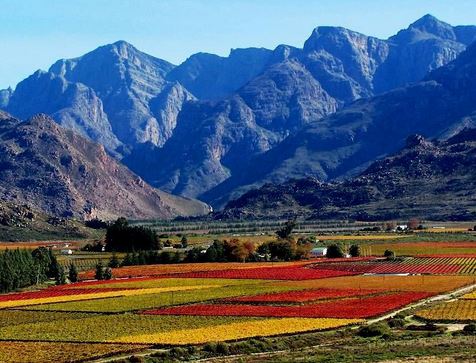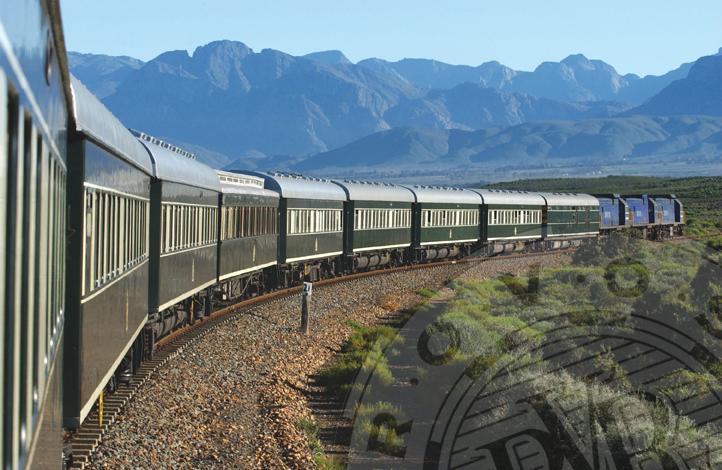A small village located in southern Namibia on the railway line between Keetmanshoop and Lüderitz. The village is particularly known for the wild desert horses that live in the area west of Aus. In all likelihood the horses come from the German army at the time of the First World War. A group of 10,000 soldiers and 6,000 horses were stationed in Garub, not far from Aus. According to sources, a bomb was fired by a German plane near a group of 1700 horses and many of them were not found again and this may be the beginning of the desert horses as we see them today. The horses urinate less than normal and can live without water for up to 5 days. At Garub is a drinking place for the horses and from a hide you can see the animals without bothering them.
Like many places in Namibia, there is a piece of German history in this village. Before the arrival of the settlers, several itinerant Nama tribes and other hunter-gatherers (bushman) visited Aus because of the presence of a small water source. Obviously an important place to survive in a dry area. However, from 1884 the Germans took over the area and many of the original (itinerant) residents were forced to build the railway from 1906. Due to poor nutritional status and exhaustion, many men died while working on the railway.
In 1908 the first diamond was found along the railroad to Aus, of course this had a positive effect on the economy. In the village, a hotel, police station, school and shops were created. From the beginning of the First World War in 1914, many of these economic developments came to a halt.
In 1915 the South African army arrived in Aus and took over the area. A camp was made for the German prisoners of war in Aus. The prisoners initially stayed in tents, but soon the prisoners built huts and stone houses that offered better protection against the cold nights. The prisoners also grew vegetables and founded sports and culture groups. The camp was closed in 1919, but the remains can still be seen today and some houses have been rebuilt.
Only in 1990 did the South African regime end and the area was transferred to Namibia, but the most spoken language is still African.
Add to my travel plans



